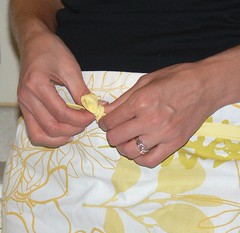Strong and sturdy, as you know, rarely translate exactly into quick and coordinated. And I admit without reservation, now that I’m beyond the age of enforced physical activity (i.e. PE), that I can’t properly throw any sort of ball, let alone dribble or hit it with a stick, and I never learned to dive. Part of it’s genetic and part of it’s a lack of opportunity to really learn.
In any case, about a year or so ago I decided I was going to start running. I can’t say what compelled me to make this decision, though part of it was the desire to combat the effects, both physical and mental, of sitting at a desk for the majority of the day. I eventually got to the point where I could run 3 miles with relative ease. I’m not fast and I'm sure I don't have the best form, but it makes me feel strong. So I decided that if running 3 miles is good, running 6 would be better. And then I decided I was going to run a half marathon. I've never run in any organized event, with the exception of the 100-yard dash at field day and even then, I don't know that what I did counts as running, yet somehow I thought this was a good idea. I made it through the Lincoln Half in May without dying or breaking down. And then I signed up for the Nike Women’s Half in October.
Check out the hills in the virtual tour. I have nightmares about them: That’s why I run, on average, six days a week. And that’s why it’s hard for me to do anything other than make supper and clean up on weeknights. Still, I get the mania, as Justin calls it, from time to time, and decide, at 10:00, to clean the entire house or start a 3-hour baking project. And that’s why I sometimes get myself into trouble.
A Cupcake Kampf in Four Parts
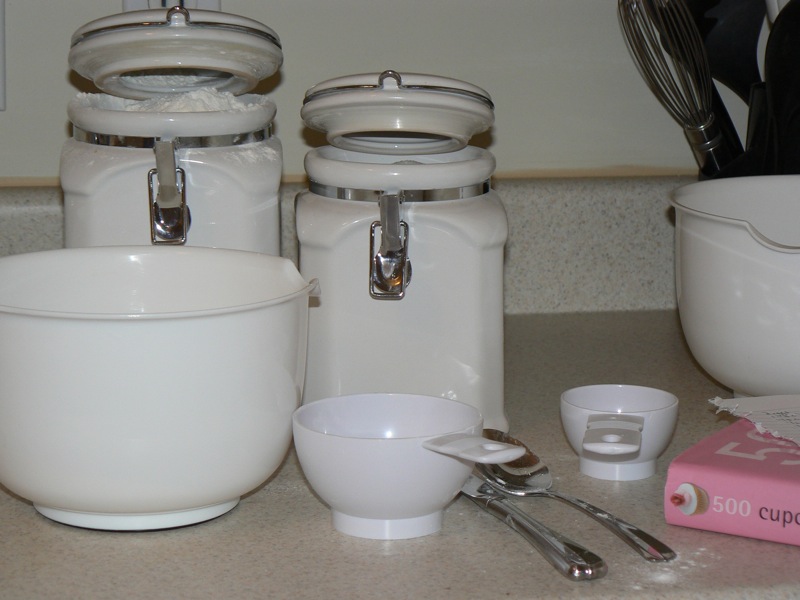
1. The blister and the broken bowl (8:30 p.m.)
It started out innocently enough. We picked up Taco John’s on the way home from the Keystone, so I had plenty of time (or so I thought) to make something to take over to the friends we planned to visit Friday night. They have a new baby, so I wanted to make something fun and pastel, but Justin convinced me to do a trial run on the chocolate malt cake I planned to make for his birthday. He was in the kitchen snooping around for a snack, so I put him to work.
His job was to melt the baking chocolate in the microwave. After 15 seconds, he pulled the bowl out to stir things up. Apparently the bowl heated to such a scorching degree in that time that it blistered his finger on contact. He then dropped the bowl on the floor, where it shattered. Justin has absolutely no tolerance for heat, so I was skeptical -- but his finger does appear to be slightly injured. I’m going to be honest here. I was annoyed – not so much about the bowl, though it was a pretty cool bowl, but mostly at the dramatic (over)reaction. But he felt so bad about the whole thing that it ruined his appetite. Plus he’s pretty cute, so I couldn’t stay mad for long, especially since he helped with the dishes.
I’m going to be honest here. I was annoyed – not so much about the bowl, though it was a pretty cool bowl, but mostly at the dramatic (over)reaction. But he felt so bad about the whole thing that it ruined his appetite. Plus he’s pretty cute, so I couldn’t stay mad for long, especially since he helped with the dishes.
2. Muffin tops (9:17 p.m.)
Muffin tops only look good on muffins, and even then, only when they’re nice and peaked. These are a bad flat kind of muffin top and the only thing I can think of as a cause is overfilled tins, though maybe these were just doomed from the start.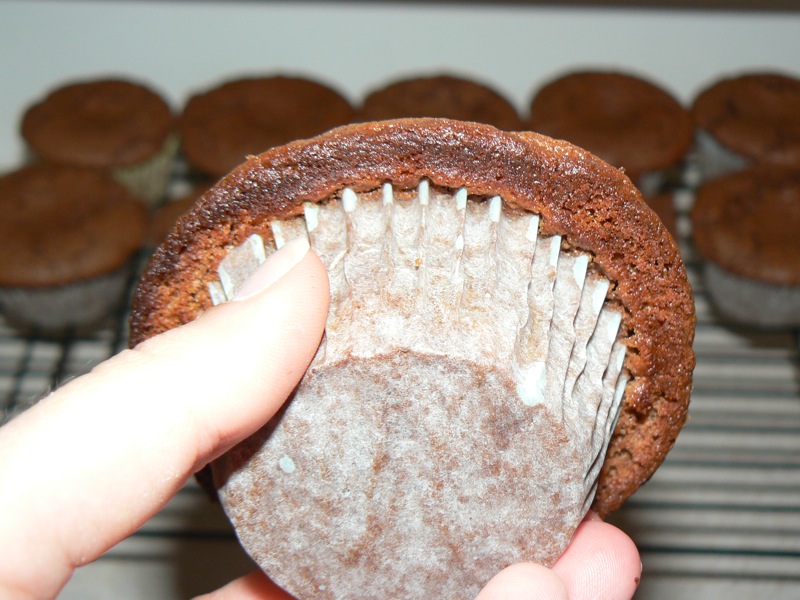
Not only did these cupcakes muffin top on me, they stuck to the top of the pan because who thinks to grease the top of the muffin tin! Seriously. And honestly, I didn’t think they were that good (which is why I'm not posting the recipe). They’re a little chewier than a cupcake should be, I think. Possibly the result of the malt powder.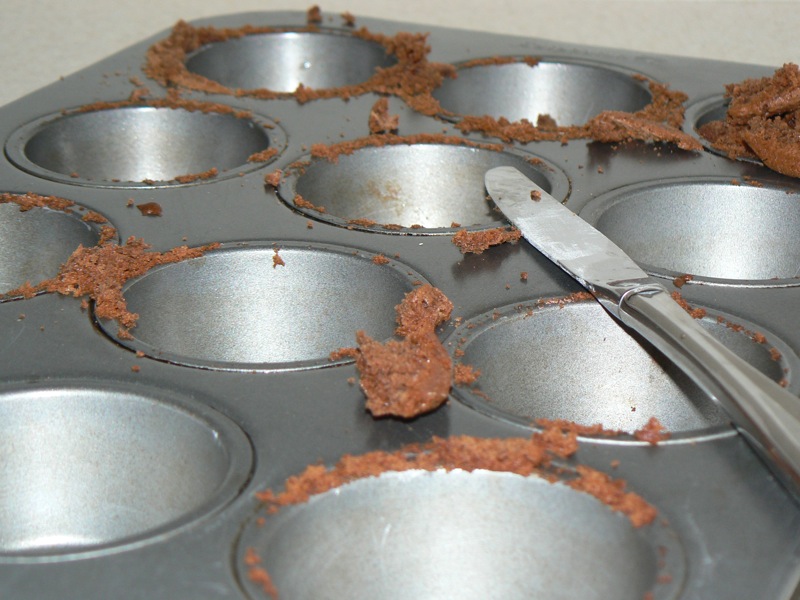
3. Mess (11:00 p.m.)
In my original brilliant plan, I was going to make chocolate malt cupcakes with vanilla malt frosting and vanilla malt cupcakes with chocolate malt frosting. I don’t even want to talk about what happened here. As you can see, it wasn’t good.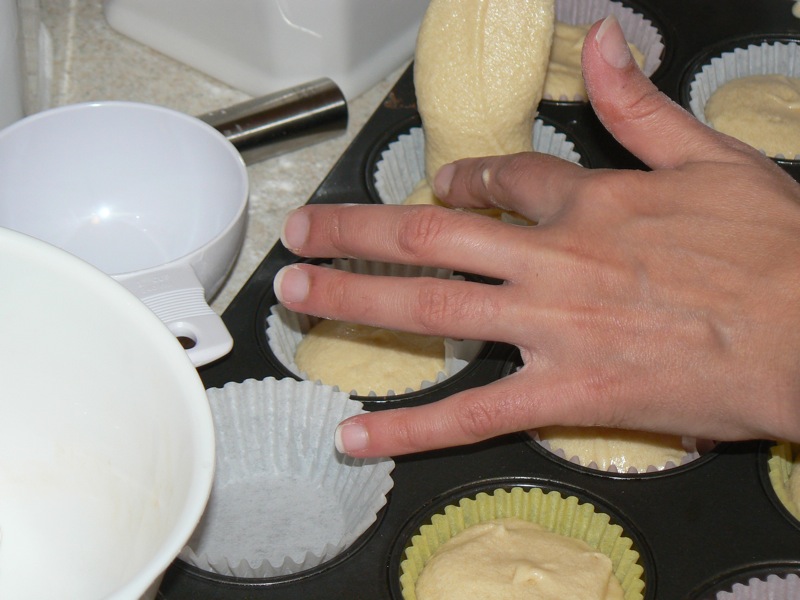
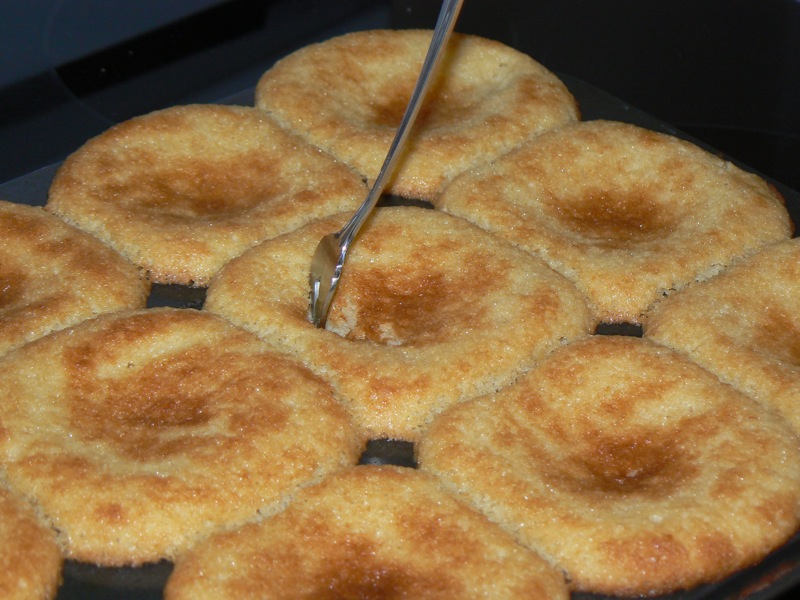 They all ended up in the garbage and I went to bed, still without any cupcakes for Friday.
They all ended up in the garbage and I went to bed, still without any cupcakes for Friday.
4. 4 ounces does not a 1/4 cup make (the next day, 6:00 p.m.)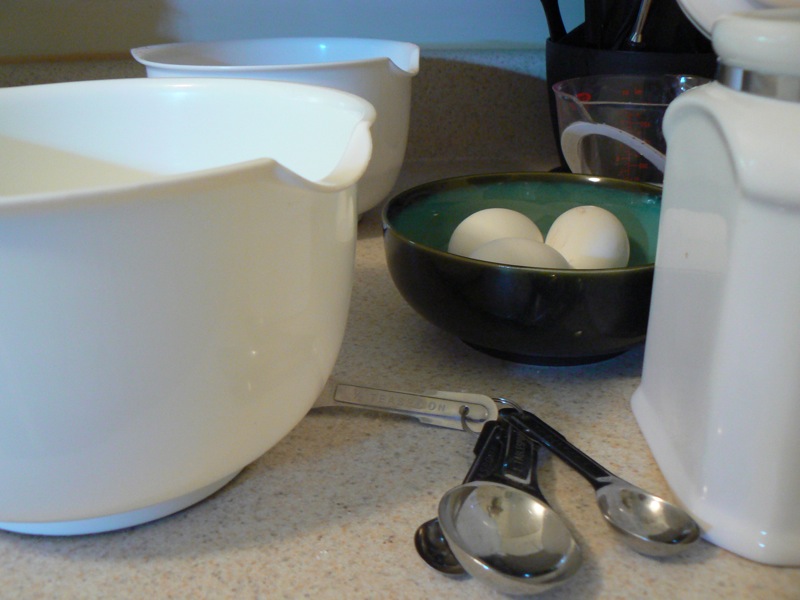
I was brooding about the cupcakes gone wrong at work the next day when it came to me: I should make Surprise Cupcakes, the long-standing favorite of the Lucky Cloverleaves 4-H Club. Cupcakes so good one would lie and steal for them.
Or at least I would. Granted I was probably about four years old, but even so, I remember parts of it quite clearly: Mom had made a batch of these sincakes for some occasion – for a harvest lunch out in the field or for a 4-H meeting snack, I don’t know, though I do know they were off limits to me. But I ate them anyway – that’s right, “them.” I don’t know exactly how many were in that 9x13 tupperware, but it was a lot more than one. Enough that my mom didn’t suspect me at first; the immediate blame went to my brother, who was five years older and supposedly hungrier and more prone to snacking, and I was smart enough to let her think that was the case.
This is the first time I remember lying.
My brother ratted me out, and I ended up getting my due. I don’t remember what that was, which means it was probably worth it.
But even these fool-proof cupcakes posed a problem. I could blame Justin, but it’s just as much my fault for asking for his help as it is his for “helping” while trying to tell me an involved story about Bioshock.
I made the cupcakes from this recipe, which requires a 1/4 cup hot water at the end to thin the batter. I asked Justin to get the water ready while I finished mixing; by the time we realized it was too much, it was too late.
I could have tried making a cake with the extra-thinned batter, or thickening it up by adding more flour, etc., but I’ve made these cupcakes (with the berry ganache and cinnamon buttercream) before and I didn’t want to ruin their perfect texture. So I started over.
Once you have that ready, make the “surprise” part.
Filling:
8 ounces cream cheese, softened
1/2 cup sugar
1 egg
pinch of salt
1 cup chocolate chips.
Cream the first four ingredients together. Stir in the chocolate chips.
Fill the cupcake liners about 2/3 full of batter, then drop in a generous teaspoon or so of the filling.
This should make about 15 or 16 cupcakes.
Bake at 350 degrees for 18 to 20 minutes. Once they're cooled, you can drizzle a glaze over. I made mine with some melted dark chocolate, powdered sugar, a little milk, and a little vanilla.
5. And finally, success (7:00 p.m.)
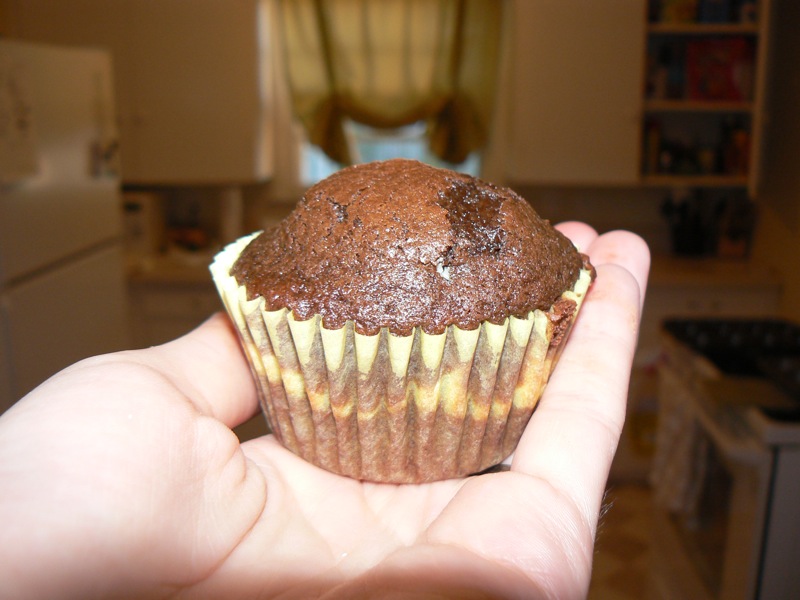
Remember what we started with:

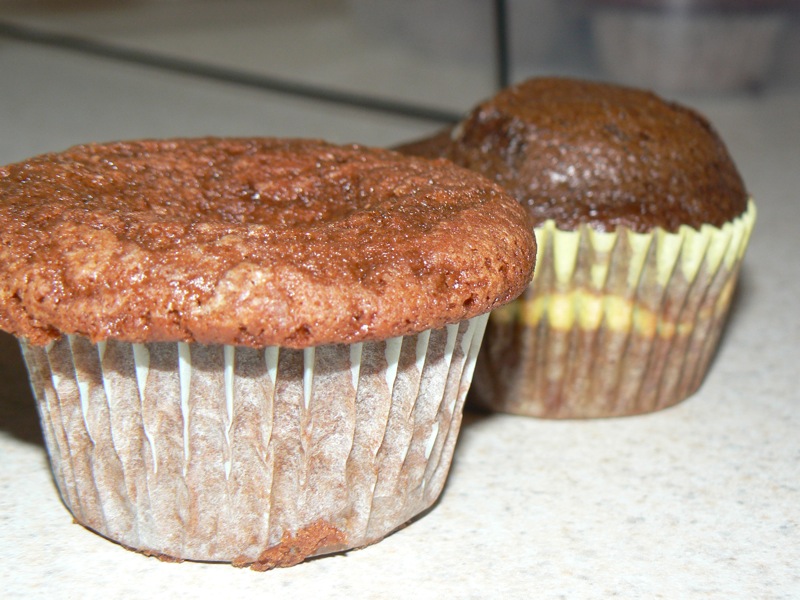
Justin liked them; our friends, who have the cutest baby ever, liked them and I think the neighbor I gave the rest of them to liked them. But to tell you the truth, by the time these suckers were done, I had pretty much lost my appetite for cupcakes. I'm thinking apple pie.

Postscript: When I was training for the Lincoln Half, I did my first 10-mile run in South Dakota when I was home for a visit. It was a gorgeous morning – about 50 degrees – and I felt strong, awed at my own strength and in love with the world in general. I planned my route to go past grandma’s house during mile 7 and as I was running past, I stopped in to give her a hug and say good morning. Later that day I came back for a proper visit. And she said, “Can’t you run any faster than that? You just sort of troddle along.”
To top that off, the way grandpa told the story of one of the best runs to date (or this is the way the story got back to me, anyway), I was out running in my bikini while my mom followed behind on the 4-wheeler. I was, of course, properly attired in t-shirt, shorts and running shoes, and mom was at home making waffles.
This reminds me of the time grandpa told my cousin, who was cleaning out a bin for him in the middle of summer, to put a shirt on before he covered him in a tarp. And of all the times grandpa tried to give me a ride home when he saw me out walking.
It's not much as far as a vote of confidence goes, but at least grandpa thought I looked strong enough to make it home on my own two feet -- and he didn't try to cover me in a tarp.

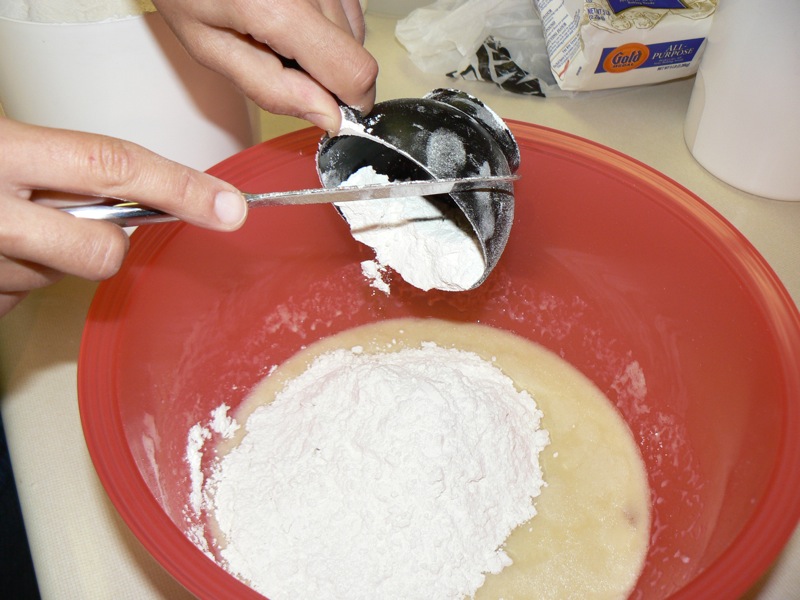
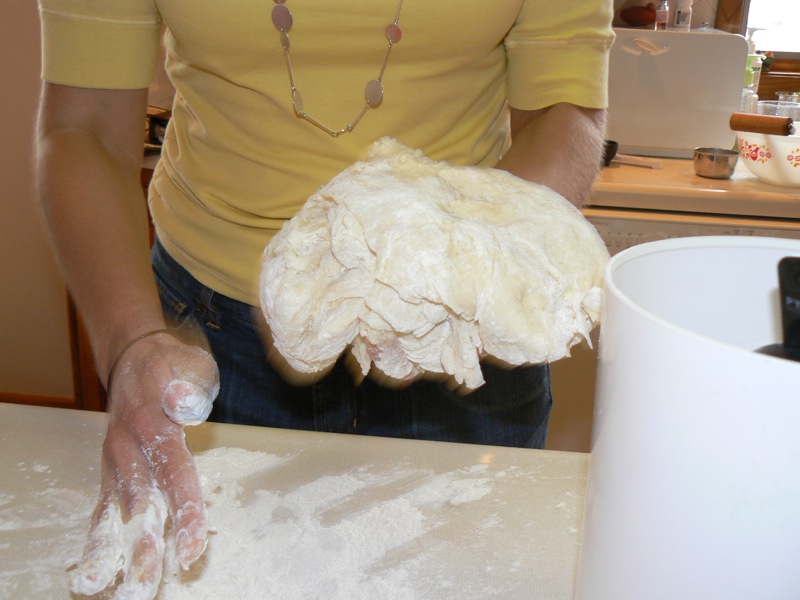
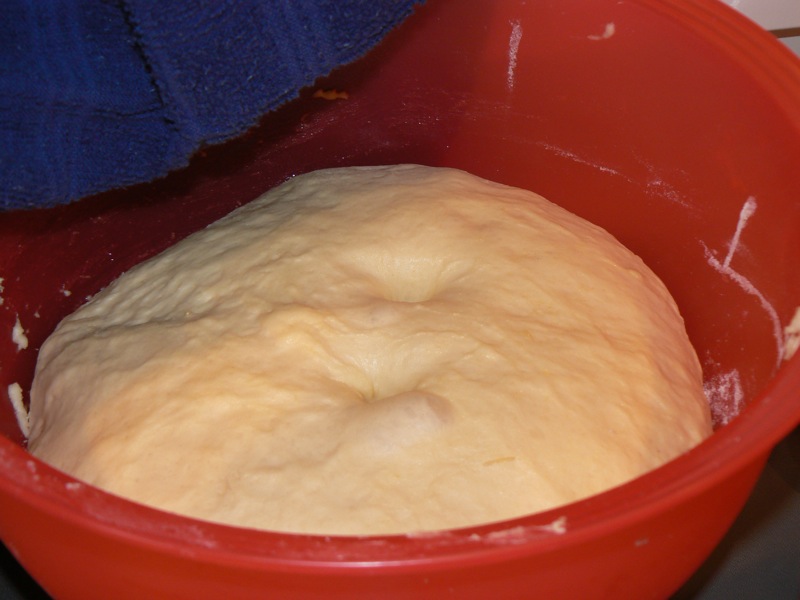
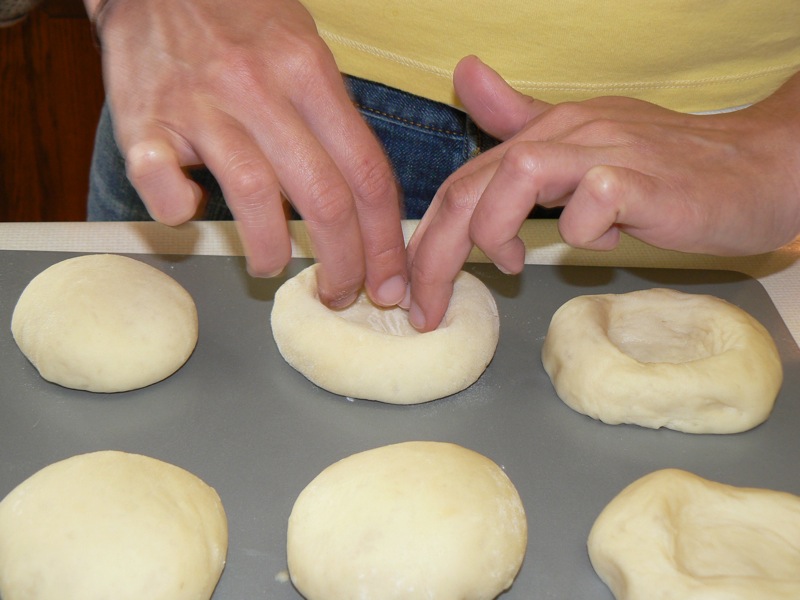

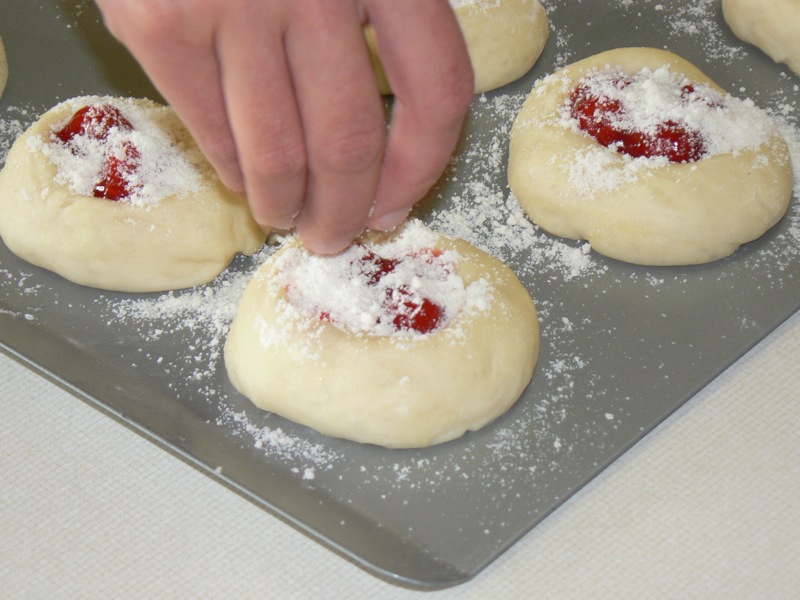

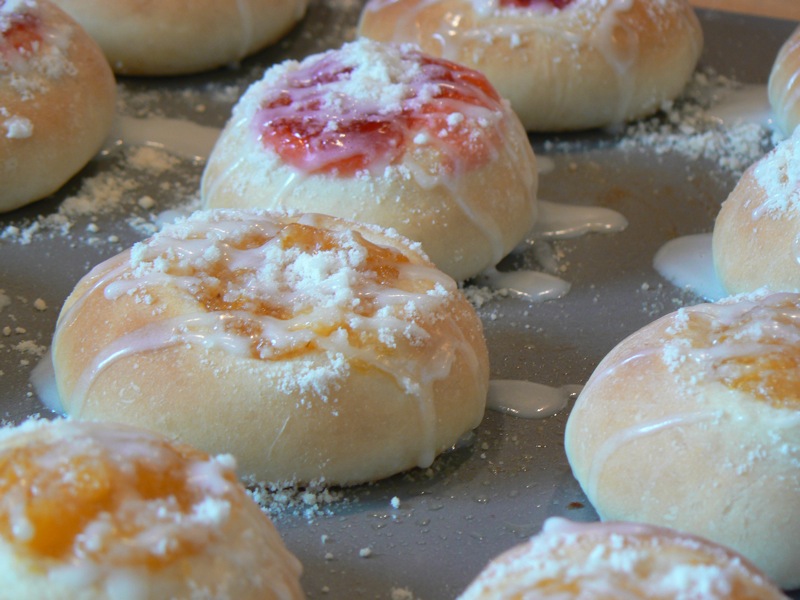
 The morning after we made the jam, my mom and I made the zweiback. It was something I'd wanted to do since April when I found
The morning after we made the jam, my mom and I made the zweiback. It was something I'd wanted to do since April when I found 






